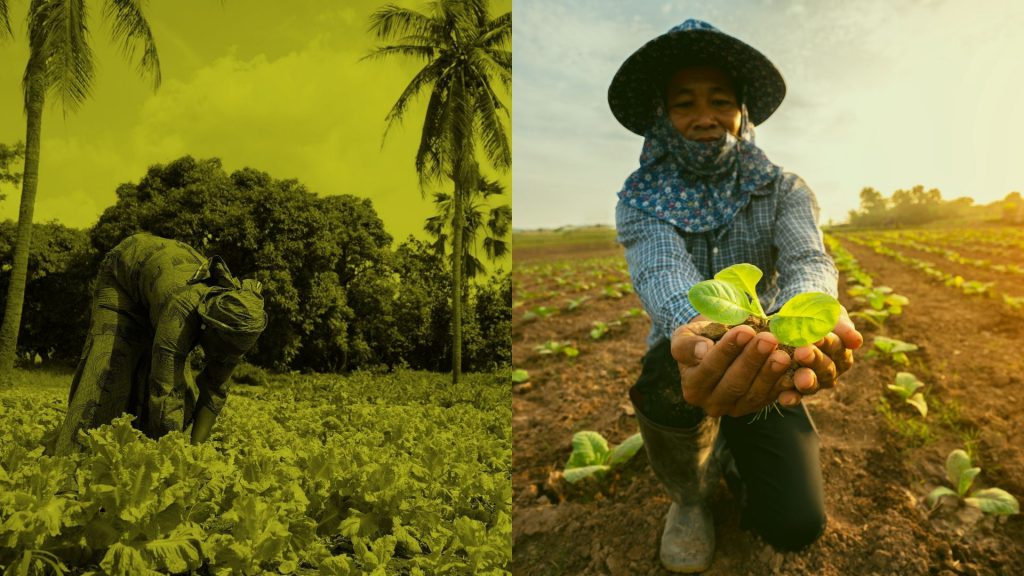With efforts to tackle malnutrition stalling in South and Southeast Asia, advocates are looking at ways to increase the productivity of smallholder farmers, who remain the major food providers. A new index ranks the seed companies serving small producers in the region — and finds that those shaping their models around farmers’ needs can be profitable. Still, the majority of smallholder farmers in the region aren’t being reached with training to accompany new seeds, the results show.
“Many [seed] varieties that can help farmers today are already available on the shelves of companies and research institutes. But they do not reach farmers …”— Ido Verhagen, executive director, Access to Seeds Foundation
Nearly half a billion people are hungry in the Asia-Pacific region, according to a new joint report from the World Food Programme, Food and Agriculture Organization, the United Nations Children’s Fund, and the World Health Organization. Smallholders provide up to 80 percent of the food supply in Asia, but adapting agriculture to new climate trends as well as raising production poses huge challenges and requires geographically tailored seed varieties.
Helping these farmers to access stress-tolerant seeds and grow more nutritious food is key to achieving food and nutrition security, according to Ido Verhagen, executive director at the Access to Seeds Foundation. A large part of the answer to the question of how to raise agricultural productivity will come from plant breeding, but the entire population will only benefit when the results of smart breeding reach smallholder farmers, he said.
“The U.N. says we need to invest in research,” Verhagen said. “Yes we have to do that, but we can also move faster. Many varieties that can help farmers today are already available on the shelves of companies and research institutes. But they do not reach farmers, they do not know about it, or they cannot afford it.”




